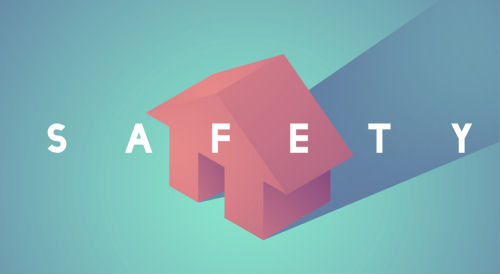Sometimes home modifications are necessary in order for an older adult to live at home as safely and independently as possible. Ideally, decisions about home modifications are made after a thorough assessment of the person’s mobility, health, and injury risks. Geriatric care managers, occupational therapists, physical therapists, architects, and other professionals can provide guidance on the types of modifications that are needed.
Cost and layout of the house will determine the scope of work that can be done. The need for handicapped accessibility is often a reason for home modifications, and may include the following:
- Wheelchair ramps or evenly-leveled entryways for people who use a walker or wheelchair
- Installation of safety railings for exterior and interior stairs
- Widened doorways
- Bathroom renovations such as a walk-in shower with a shower seat and handheld showerhead or walk-in bathtub
- Installation of grab bars and raised toilet seats
Preventing falls is particularly important, as falls are the leading cause of fatal and non-fatal injuries in older adults. Simple changes in the person’s environment can reduce fall risk, such as:
- Adequate lighting in all areas of the house
- Removal of throw rugs, clutter, extension cords, and other tripping hazards
- Night lights to provide illumination from the bedroom to the bathroom
- Open space and arrangement of furniture so that the person can move about easily
- Placement of objects within easy reach
- Replacement of twist knobs with lever-style doorknobs
AARP’s HomeFit Guide is an excellent resource that provides suggestions on a range of do-it-yourself fixes as well as modifications that require a skilled contractor. Families should always do the following when hiring a professional:
- Ask for several estimates from different contractors
- Check the contractor’s reviews and references, and check for any complaints filed with the Better Business Bureau. (bbb.org)
- Ask for proof that the contractor is licensed, bonded, and insured
- Get everything in writing. Agree on a payment schedule and do not pay the final bill until work is completed to your satisfaction
Aging at home is possible with thoughtful planning and a safe environment. However, as the person’s health and mobility change over time, even the “safest” home may present challenges for a frail older adult. It’s important for family members and/or the care team to monitor how things are going on a regular basis.







Ye ! This Is A Good Blog!